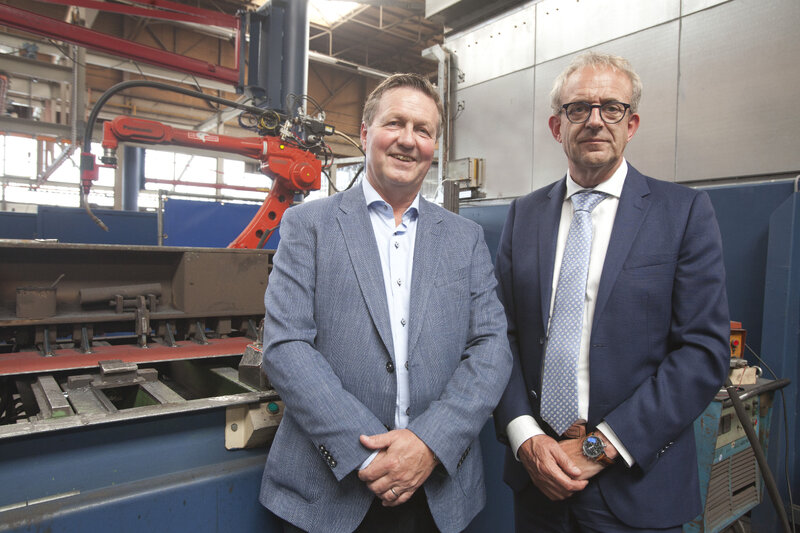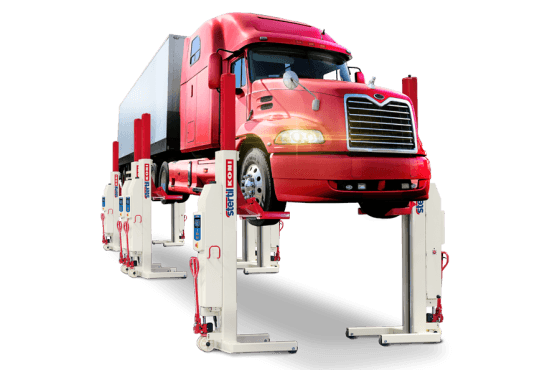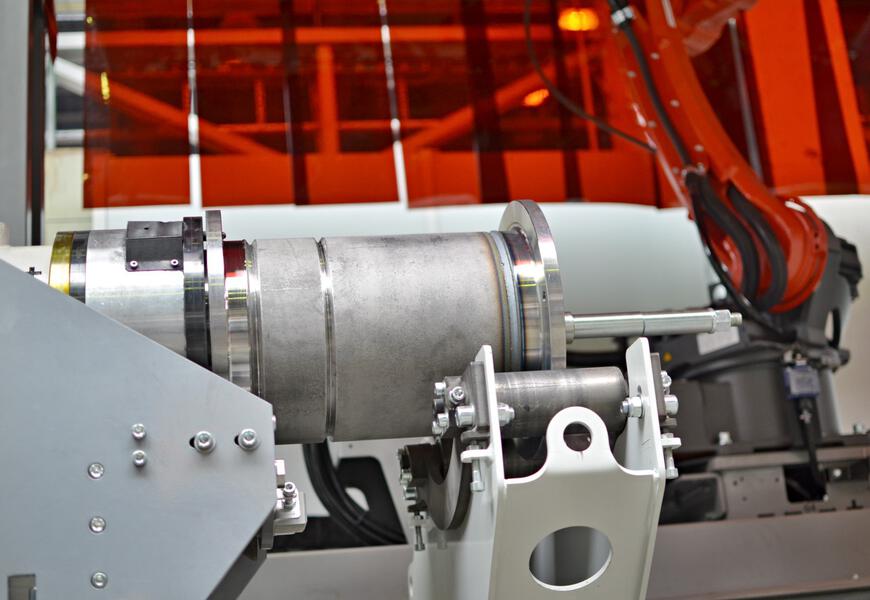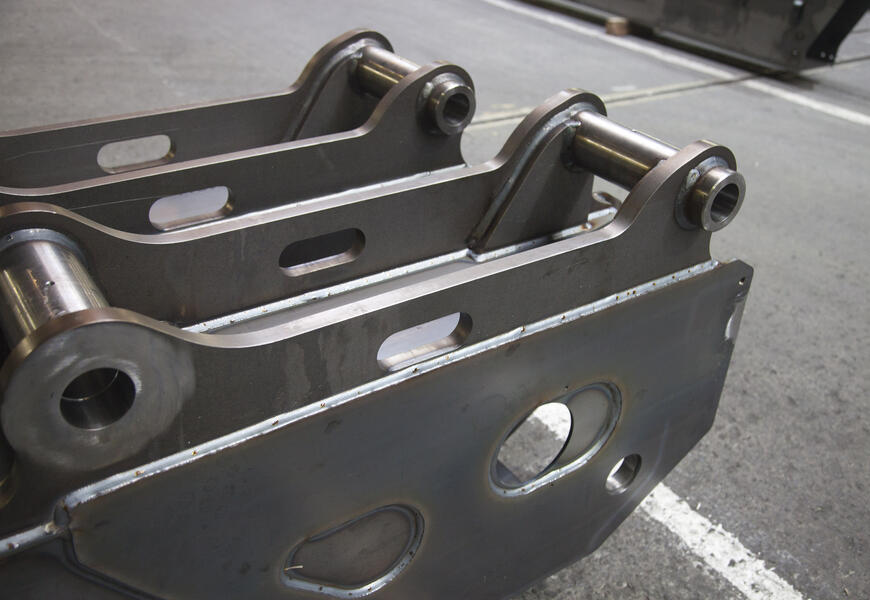The Stertil Group with its head office in the Frisian town of Kootstertille develops and builds dock levellers under the Stertil Dock Products name and lifting bridge systems under the Stertil Koni brand. The products are sold worldwide through eight sales offices plus their own production facilities in the USA and China as well as a dealer network.
Limited efficiency during welding production
When the current CEO took over the man¬agement of Stertil around 14 years ago, the company was writing red figures. “It was time to develop a clear strategy. On the basis of thorough market research and a business analysis, we set up a new organization and put together a new management team. One of the first weak points we encountered in produc¬tion was the limited efficiency in (welding) production. The components for the dock levellers and lifting bridge systems are built in a multitude of types and sizes, in which a separate tacking and welding fixture was used for each type and dimension. The existing robots always had to wait until the fixture had been changed and the workpiece had been tacked. As a result, these robots were forced to stand idle for a long time. Efficiency had to be increased considerably,” Ulbe Bijlsma explains.
To a modular structure
One of the initiatives was the implementa¬tion of a modular product design for the dock levellers. Then, on the basis of this, an optimal method of production was examined. “We had developed an automatically adjustable fixture, in which we could quickly switch between the different models. By having the tacking process run parallel with the welding robot, the robot additionally was not forced to wait for the tacking, therefore it was possible to double the duty cycle. With this, we said farewell to the old method of working”, Jan Bosch explains.




